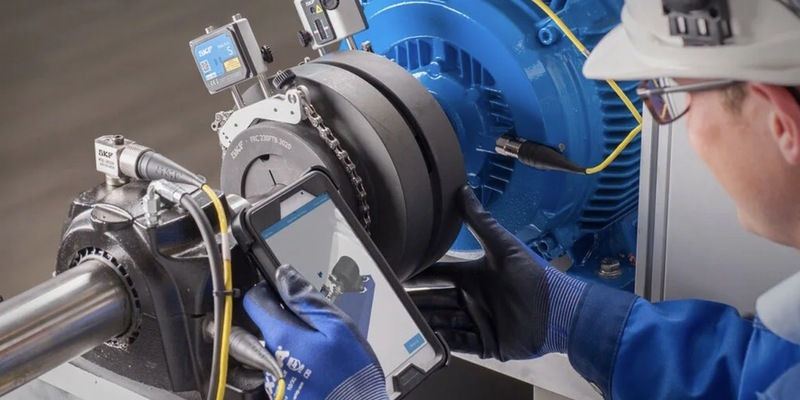
In industries reliant on complex machinery, ensuring smooth and uninterrupted operations is paramount. Among the key practices that safeguard machinery performance, vibration analysis and alignment stand out as critical techniques. These processes not only extend equipment lifespan but also prevent costly and catastrophic failures. Let’s delve into the significance of these practices by an electro mechanical company, their methodologies, and how they contribute to operational efficiency.
One of the primary benefits of vibration analysis and alignment is their ability to detect and address potential issues early. This proactive approach helps prevent minor abnormalities from escalating into severe mechanical breakdowns.
Reduced Downtime: Catastrophic failures often lead to prolonged downtimes, disrupting production schedules. Vibration analysis can pinpoint irregularities before they cause such disruptions.
Cost Savings: Preventing breakdowns minimizes repair costs and reduces the need for emergency replacements.
Enhanced Safety: Catastrophic failures pose risks not only to equipment but also to personnel. Addressing issues early ensures a safer working environment.
Implementing vibration analysis and alignment yields significant operational advantages, including:
Extended Equipment Lifespan: By minimizing unnecessary wear and tear, machinery components last longer.
Improved Energy Efficiency: Proper alignment eliminates excess friction and resistance, optimizing energy use.
Consistent Performance: Ensures machinery operates smoothly, leading to consistent production quality.
Understanding the causes of vibrations is key to diagnosing and resolving issues. Common culprits include:
Misalignment: Shafts or components that are not aligned correctly.
Imbalance: Uneven mass distribution in rotating parts, causing wobbling.
Mechanical Looseness: Components like bolts or bearings that are not securely fastened.
Resonance: Structural vibrations amplified by natural frequencies due to improper design or installation.
Vibration analysis employs several techniques to detect and diagnose faults:
Frequency Analysis: Identifies specific vibration frequencies to correlate them with faults like imbalance or bearing defects.
Time-Domain Analysis: Examines waveform patterns to identify irregularities in vibration behavior.
Amplitude Monitoring: Measures the intensity of vibrations to assess the severity of issues.
Each technique provides unique insights, enabling maintenance teams to adopt targeted solutions.
Proper alignment plays a crucial role in maintaining machinery health:
Load Distribution: Ensures even load sharing across components, preventing localized wear.
Heat Reduction: Reduces heat buildup caused by misaligned components, protecting against premature failure.
Vibration Minimization: Aligns shafts and couplings to mitigate unnecessary vibrations, enhancing overall stability.
Modern tools have revolutionized vibration analysis and alignment, making them more accurate and efficient:
Sensors and Accelerometers: Provide real-time vibration data for continuous monitoring.
Laser Alignment Tools: Offer precision alignment of rotating equipment, reducing manual errors.
Predictive Maintenance Software: Integrates vibration data to deliver actionable insights, enabling data-driven maintenance decisions.
These technologies empower organizations to adopt a predictive rather than reactive maintenance approach.
By incorporating vibration analysis and alignment into maintenance practices, organizations can achieve:
Minimized Unplanned Maintenance: Reduces unexpected failures, allowing for planned repairs during non-critical times.
Consistent Product Quality: Machinery operating at optimal conditions ensures uniformity in production outputs.
Higher ROI: Long-term savings from reduced repair costs, energy efficiency, and improved uptime justify the initial investment.
Regular Scheduling: Include vibration analysis as part of routine preventive maintenance programs.
Training and Development: Train maintenance personnel to use diagnostic tools and interpret data.
Digital Integration: Leverage digital maintenance platforms to incorporate vibration and alignment checks seamlessly into workflows.
In today’s competitive industrial landscape, reliability and efficiency are non-negotiable. Vibration analysis and alignment are indispensable tools for ensuring the smooth operation of critical machinery. By investing in these practices, businesses can prevent catastrophic failures, enhance machinery performance, and achieve long-term cost savings. The proactive adoption of these methods not only safeguards assets but also secures operational continuity, making them an essential part of modern maintenance strategies.
Investing in the right tools and training today can prevent the failures of tomorrow. The question is not whether your machinery will benefit from vibration analysis and alignment—it’s whether your operations can afford to ignore them.